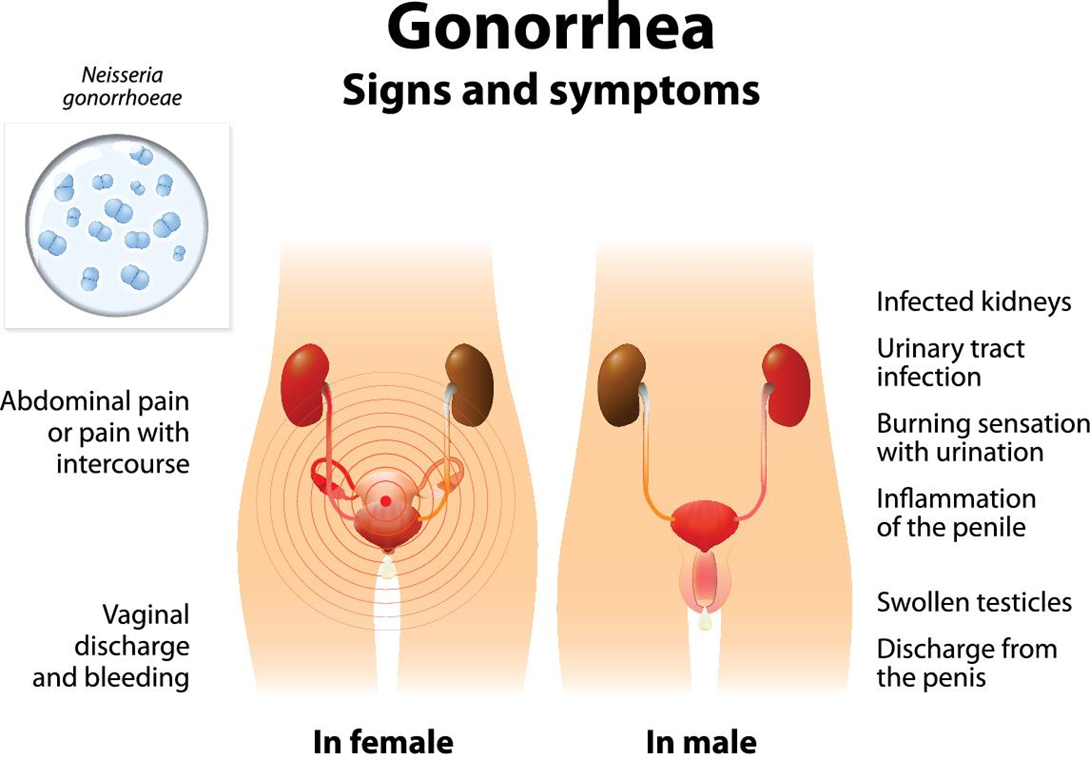The overall number of cases of STIs is:
None of the above
Staying about the same
Going down
Rising
The correct answer is d. Rising.
The Correct Answer is D
Choice A reason: None of the above is incorrect because the other choices are not true statements about the overall number of cases of STIs.
Choice B reason: Staying about the same is incorrect because the overall number of cases of STIs is not constant. According to the World Health Organization, more than 1 million STIs are acquired every day worldwide.
Choice C reason: Going down is incorrect because the overall number of cases of STIs is not decreasing. On the contrary, some STIs such as syphilis, gonorrhea, and chlamydia are resurging in many regions due to factors such as antimicrobial resistance, lack of access to prevention and treatment services, and stigma.
Choice D reason: Rising is correct because the overall number of cases of STIs is increasing globally. The World Health Organization estimates that there were 376 million new cases of four curable STIs (chlamydia, gonorrhea, syphilis, and trichomoniasis) in 2016, up from 357 million in 2012. Additionally, there are millions of cases of incurable STIs such as herpes, HPV, and HIV that affect the health and well-being of people worldwide.
Nursing Test Bank
Naxlex Comprehensive Predictor Exams
Related Questions
Correct Answer is B
Explanation
Choice A: Decreased production of erythrocytes
This is not the primary cause of iron deficiency anemia during pregnancy. While erythrocyte production may be affected in certain conditions, it is not directly linked to iron deficiency anemia in pregnancy¹.
Choice B: Inadequate intake of iron
This is the correct answer. During pregnancy, the body needs more iron to make hemoglobin for the increased volume of blood. If the intake of iron is not sufficient, it could lead to iron deficiency anemia¹.
Choice C: Dilution of hemoglobin concentration
While it's true that the blood volume increases during pregnancy, leading to a relative dilution of hemoglobin, this is not the primary cause of iron deficiency anemia. The main issue is the lack of sufficient iron intake¹.
Choice D: The fetus establishing iron stores
While the fetus does require iron, which it gets from the mother, this is not the primary cause of iron deficiency anemia during pregnancy. The main issue is still the mother's inadequate intake of iron¹.
Correct Answer is B
Explanation
Choice A reason: Human papillomavirus is incorrect because it is not caused by a bacterium, but by a virus. It can cause genital warts and cervical cancer, but it cannot be cured with antibiotics.
Choice B reason: Gonorrhea is correct because it is caused by a bacterium called Neisseria gonorrhoeae, often produces no symptoms, but can be treated with antibiotics. If symptoms occur, they may include painful urination and discharge from the penis or vagina. If left untreated, the infection can result in more serious long-term problems, including infertility, pain, and joint problems.
Choice C reason: Herpes simplex virus is incorrect because it is not caused by a bacterium, but by a virus. It can cause genital herpes, which is marked by painful blisters and sores in the genital area. It cannot be cured with antibiotics, but antiviral medications can help reduce the frequency and severity of outbreaks.
Choice D reason: Cytomegalovirus is incorrect because it is not caused by a bacterium, but by a virus. It usually causes mild or no symptoms in healthy people, but can be serious in people with weakened immune systems or unborn babies. It cannot be cured with antibiotics, but antiviral medications can help treat the symptoms.

Whether you are a student looking to ace your exams or a practicing nurse seeking to enhance your expertise , our nursing education contents will empower you with the confidence and competence to make a difference in the lives of patients and become a respected leader in the healthcare field.
Visit Naxlex, invest in your future and unlock endless possibilities with our unparalleled nursing education contents today
Report Wrong Answer on the Current Question
Do you disagree with the answer? If yes, what is your expected answer? Explain.
Kindly be descriptive with the issue you are facing.
